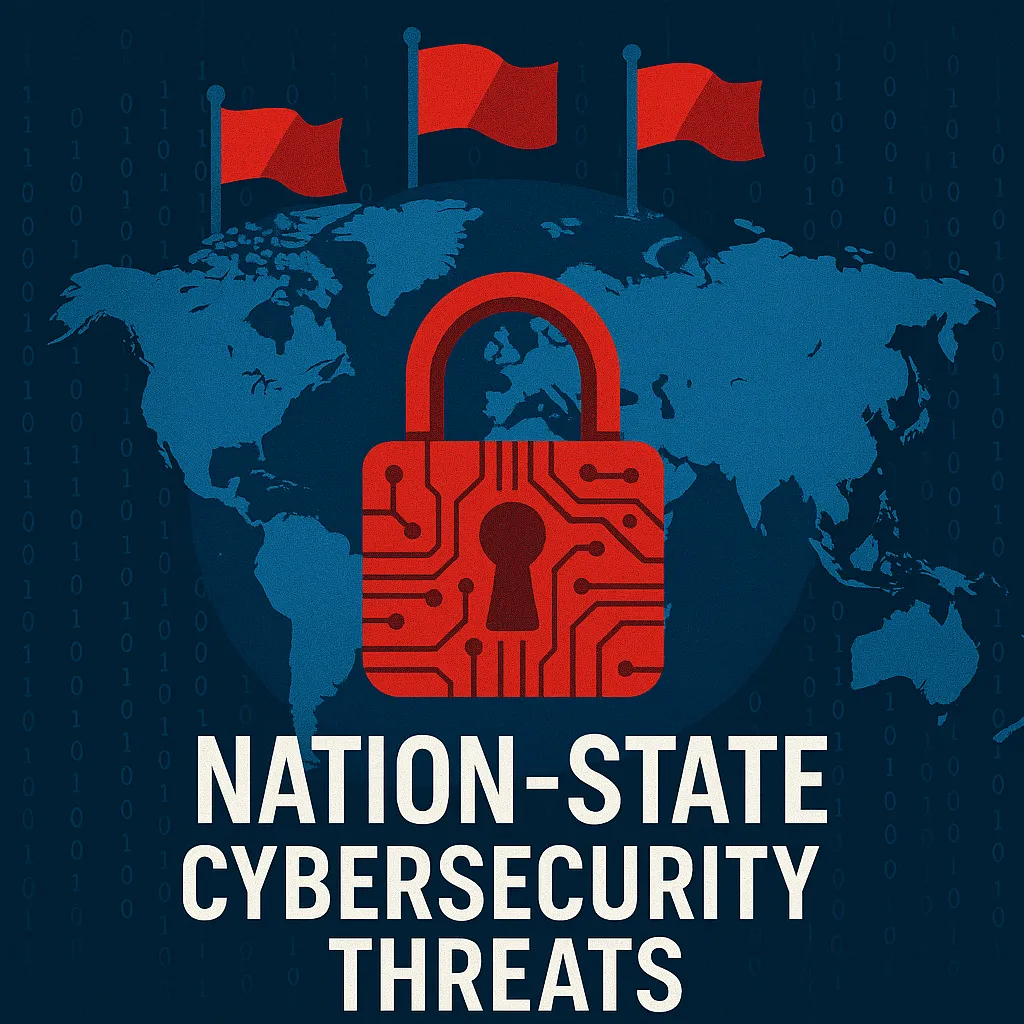In a recent revelation by the FBI, detailed in a report, it has come to light that Chinese hackers are actively preparing to launch cyberattacks against U.S. infrastructure. This poses a significant threat to national security and highlights the escalating tensions in the realm of cybersecurity and international relations.
Understanding the Threat Landscape
The report specifies the intent of Chinese-backed cyber groups aiming at critical U.S. infrastructure sectors, including energy, telecommunications, and healthcare. This strategic selection suggests not only potential service disruptions but also the theft of sensitive information and intellectual property.
Technical Analysis of Potential Attack Vectors
Cyber adversaries often exploit vulnerabilities in software and hardware. Common attack vectors could include:
- Phishing campaigns: to deceive employees into providing access credentials.
- Ransomware attacks: to lock critical data and demand ransom.
- Exploitation of public-facing applications: to inject malicious codes or gain unauthorized access.
Organizations must enhance their cybersecurity measures by implementing multi-factor authentication, conducting regular security audits, and training staff to recognize phishing attempts.
Recommendations for Enhanced Cyber Resilience
Given the severity of these threats, here are several strategies that organizations can adopt to safeguard their assets:
- Regular patch management: to fix vulnerabilities that could be exploited by hackers.
- Advanced intrusion detection systems: to quickly identify and mitigate unauthorized access.
- Data encryption: to protect sensitive information even if the system is compromised.
Conclusion
The FBI's alert serves as a critical reminder for U.S. entities to fortify their defenses against increasingly sophisticated cyber threats from international actors like China. Proactivity, robust cybersecurity practices, and international cooperation are key in defending against these potential attacks.
Maintaining a state of readiness not only protects critical infrastructure but also secures the overall well-being of the economy and public safety in the face of potential cyber warfare scenarios.
